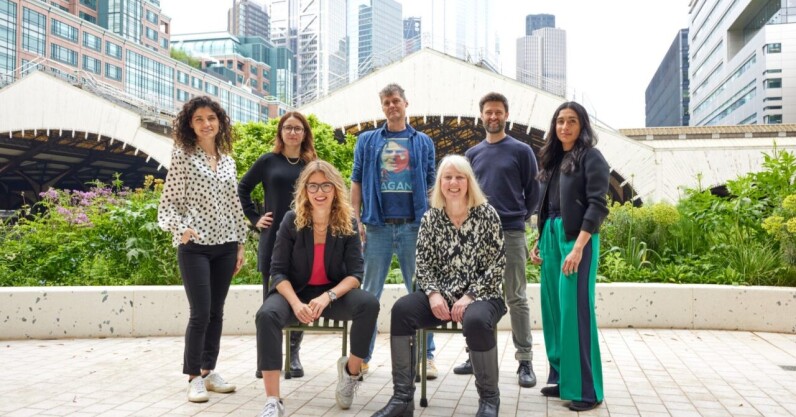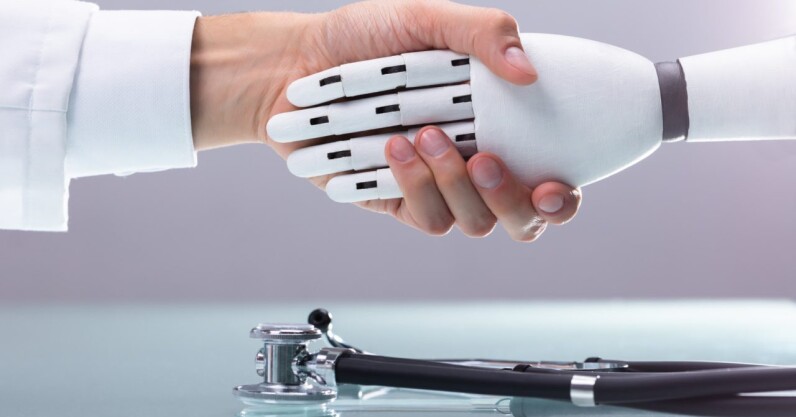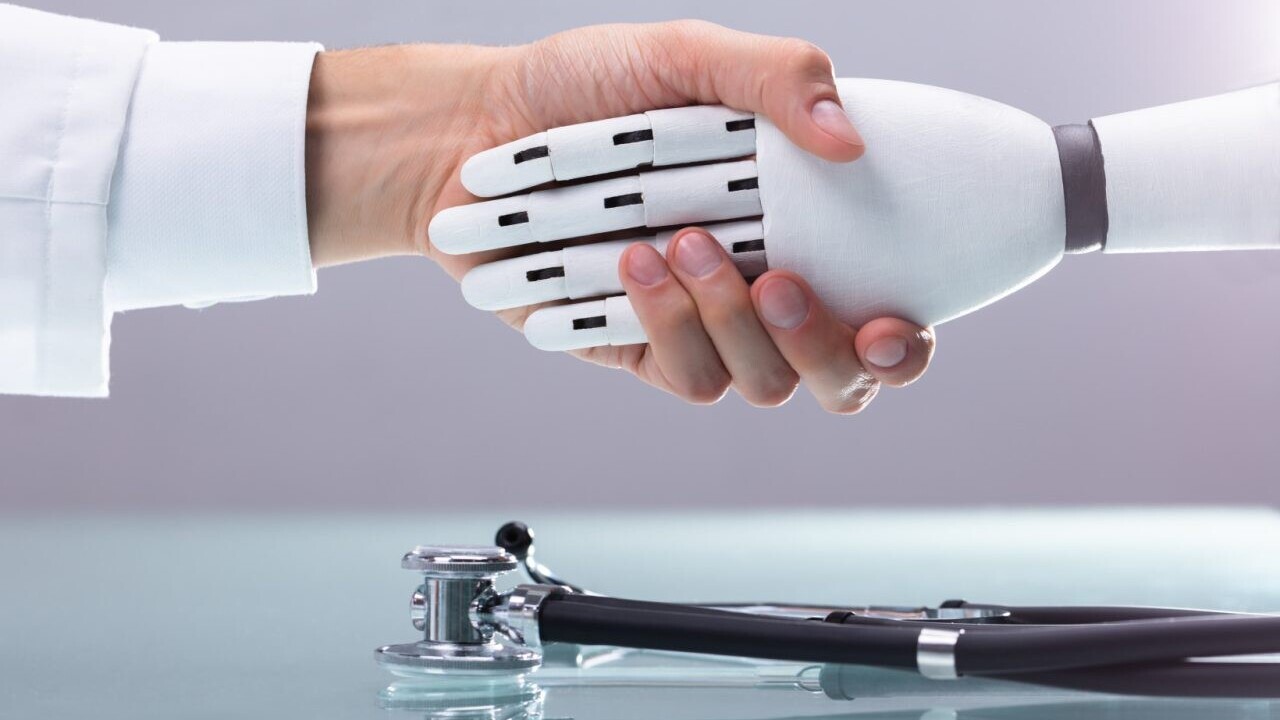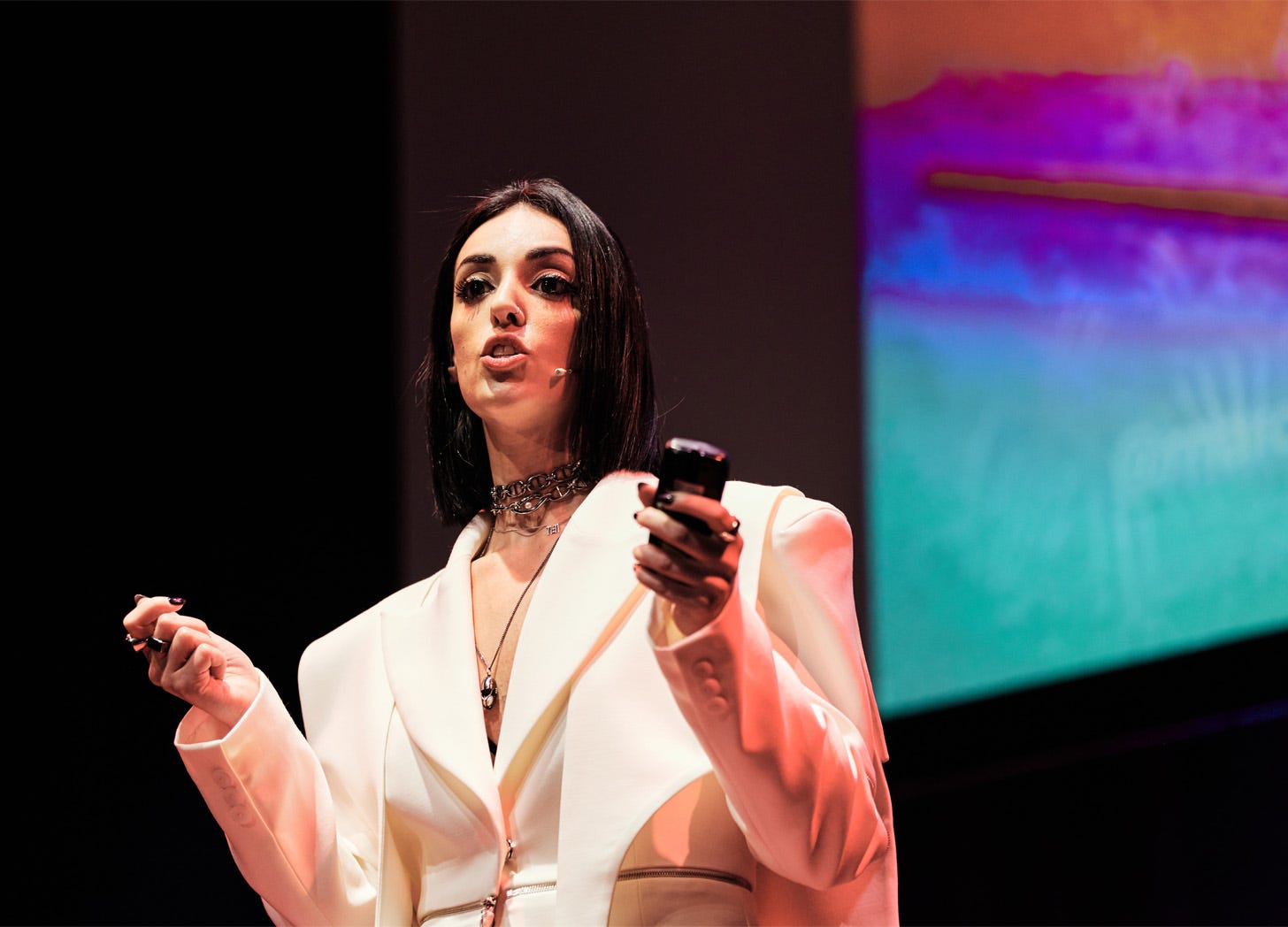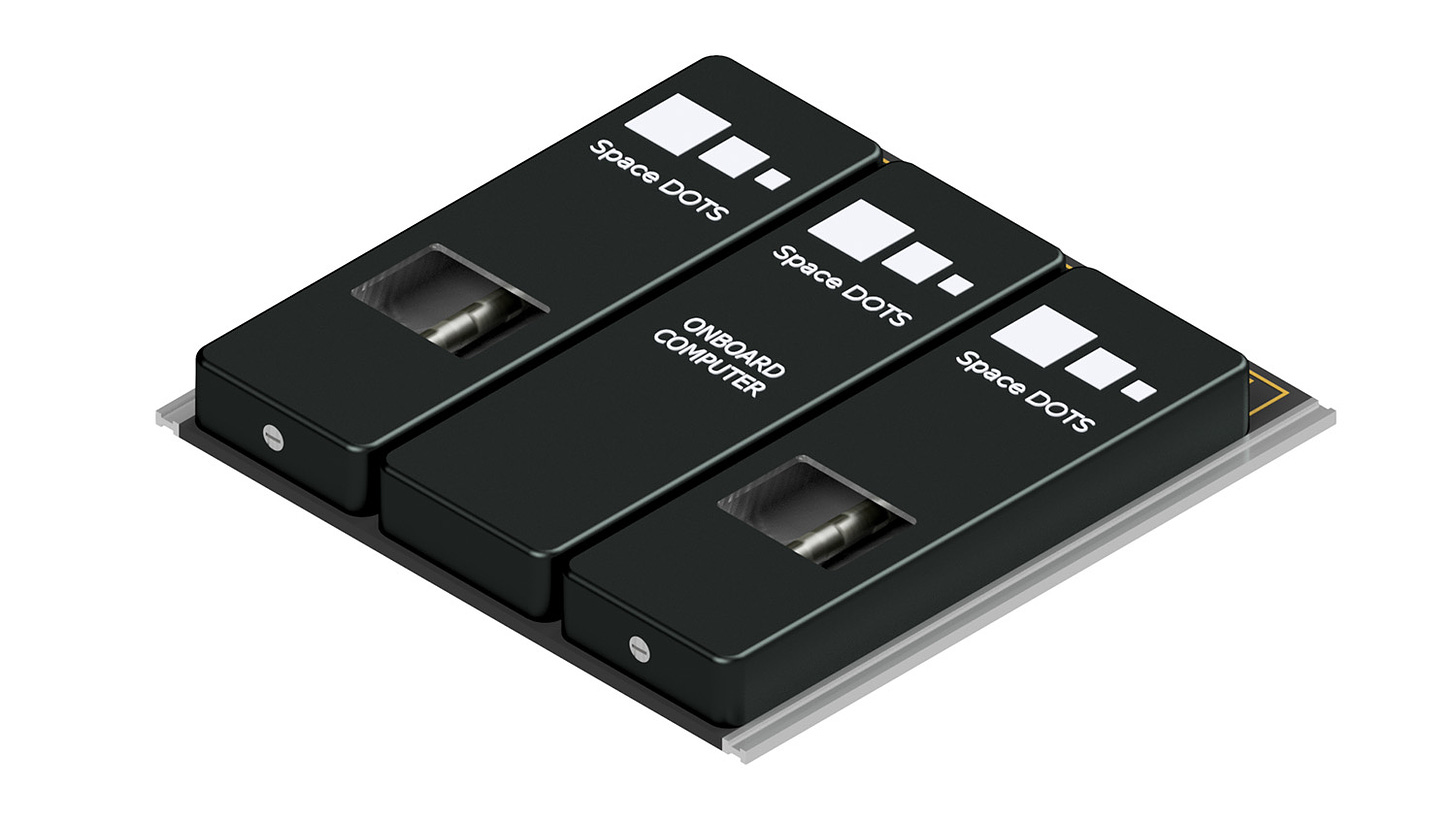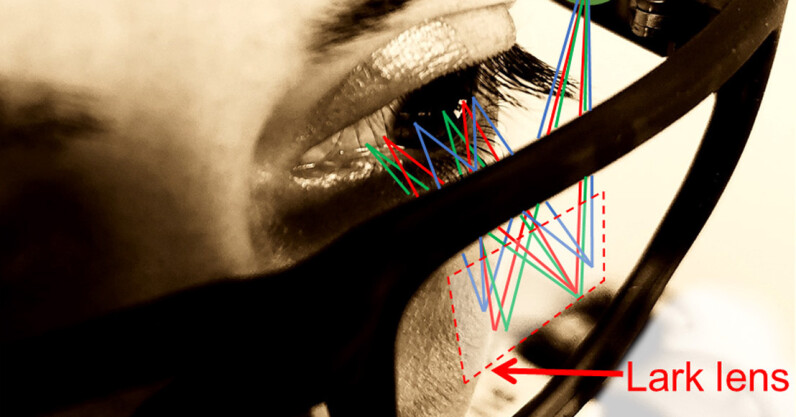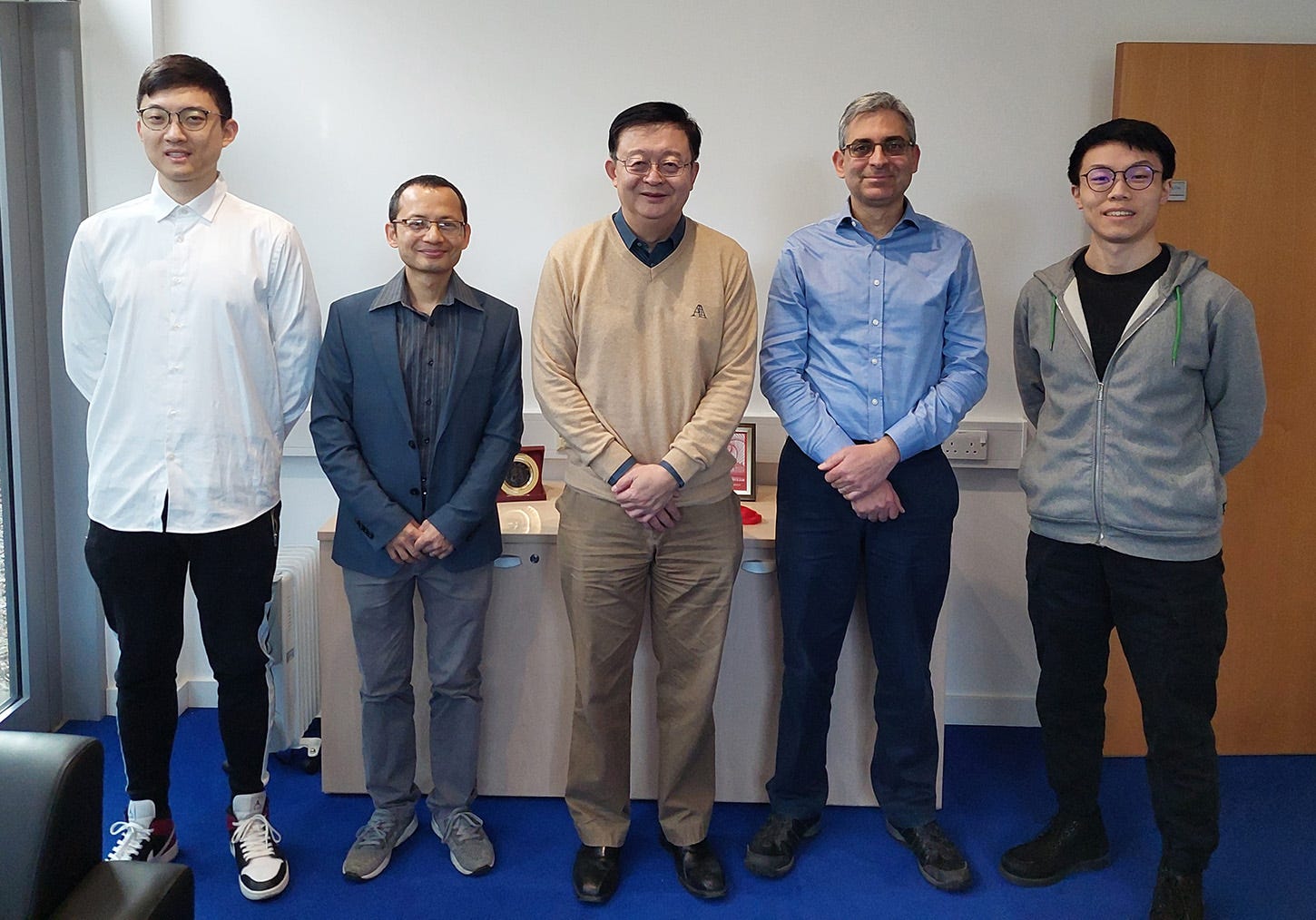Inside CUR8’s mission to scale carbon removals and help save the planet
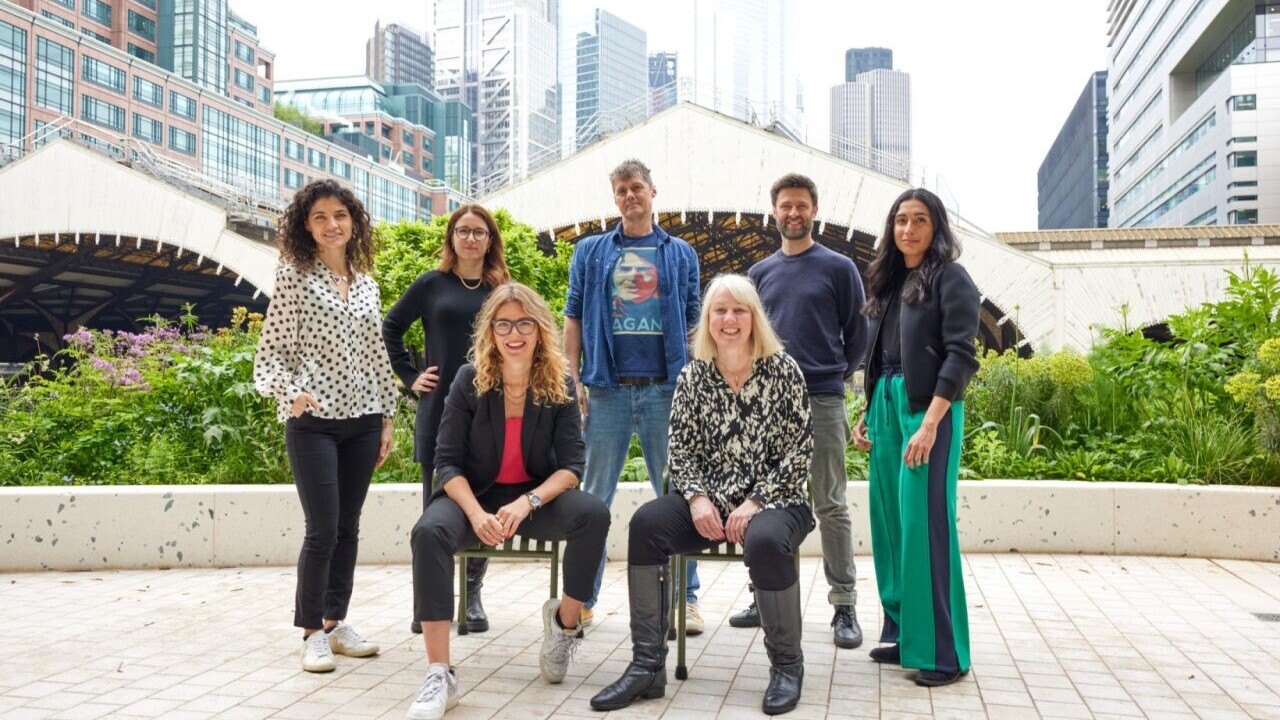
Story by
Linnea Ahlgren
Linnea is the senior editor at TNW, having joined in April 2023. She has a background in international relations and covers clean and climat Linnea is the senior editor at TNW, having joined in April 2023. She has a background in international relations and covers clean and climate tech, AI and quantum computing. But first, coffee.
Most of us have heard of carbon offsets by now. However, the average person perhaps doesn’t give them much thought beyond when prompted by an airline to “offset the CO2 of your journey” (for a suspiciously small amount). But how familiar are you with carbon removals?
Offsetting and carbon credits (sort of like permission slips for emissions) are not only big business, but part of a new climate-accounting reality to which companies will have to adapt sooner or later as they embark on net-zero roadmaps.
Offsetting as a practice has gotten a pretty bad rep, and not at all unjustified. As John Oliver quipped “if the idea that you can simply invest a little money and make your carbon footprint disappear sounds too good to be true, that’s because it absolutely is.”
Indeed, at times, carbon offsetting projects have been proven to do more harm than good. Whether from well-intentioned incompetence or unscrupulous greed, issues have ranged from biodiversity loss to land grabbing.
However, a different approach to reducing – and removing – CO2 emissions is evolving. A growing body of carbon removal technologies and projects might just actually contribute to cleaning up the mess we have made for ourselves in more efficient and, importantly, equitable ways.
Brokering hope
Carbon removals are also referred to as carbon dioxide removal (CDR), carbon drawdown, or negative emissions. Where carbon offsets simply aim to compensate for emissions by investing in emission reduction projects elsewhere, carbon removals target the capturing of CO2 from the atmosphere and locking it away for decades or even centuries.
And cleaning up the atmosphere is exactly what the London-based startup CUR8 wants to help facilitate. The company, which is building what it calls a market-maker platform for carbon removals, was founded in 2022 and recently raised £5.3 million (€6.15 million) in a pre-seed round led by GV (Google Ventures) and including funding from CapitalT.
CUR8 co-founder and serial fintech entrepreneur Marta Krupinska says that when she first heard of carbon removals in December 2020, it blew her mind, and gave her what is “not a common feeling” for anyone working in climate – hope.
“I’ve definitely felt that there’s been all of the scientific proof that we’ve left it too late. So to suddenly think that there are ways in which we can build these time machines that will undo the damage that we’ve done, that was just absolutely mind-blowing,” Krupinska told TNW.
“It’s going to be a trillion dollar industry, and we have to build it faster than any industry we’ve ever built before. So obviously, that for an entrepreneur is very enticing,” she continued. The problem was, at the time, she didn’t know much about climate science.
Krupinska, who has led Google for Startups in the UK and co-founded international money transfer platform Azimo, was introduced in 2021 by a friend to Dr Gabrielle Walker, the former climate editor at the prestigious journal Nature and features editor at New Scientist.
Dr Walker, who has taught at Cambridge and Princeton Universities and founded non-profit Rethinking Removals, decided to focus her attention on removals after asking people from the IPCC if reaching the Paris Agreement would be possible without them. Basically, the response she received was, “Are you having a laugh?”
Committed warming
Why they are so adamant is down to what is called committed warming. This means that even if we were to stop emitting greenhouse gases tomorrow, the warming effects of what we have already released would not simply stop; they have already been baked into the system (hence the need for removals).
Indeed, the IPCC predicts we will have to remove 10 billion tonnes of CO2 by 2050 to have any chance of keeping global warming below 2°C by 2100.
At first, Dr Walker was sceptical about CDR because, as she says, “It is hard to get CO2 back out of the air.” But having visited a small-scale pilot direct air carbon capture facility in British Columbia and coming away bolstered by the promise of the technology, she said to herself, “Ok, that could work, we need to make it happen.”
However, in turn, she knew nothing of running a company. As such, Krupinska and Dr Walker bring “immensely complimentary skills” to the startup they have founded together with their third partner, Mark Stevenson.
Stevenson has been an advisor to the UK Ministry of Defense on Peace, Security and Climate Change and to Médecins Sans Frontières, and is an ambassador to Client Earth and chairs the Impact Board for Climate.vc. The three have banded together along with their team to achieve CUR8’s ambition of facilitating 10% of all global carbon removals over the next 25+ years.
Direct air capture
There are several pathways to carbon removal, both technology and nature-based. On the technology side, there is direct air capture, or DAC. Essentially, this sucks carbon out of the air using chemical reactions. Then, it pumps the CO2 deep underground for storage. Alternatively, it can go into other hydrocarbon products, such as (more) sustainable fuels but, of course, this means it goes straight back into the atmosphere again.
According to the IEA, DAC is “a key part of the carbon removal portfolio.” However, it is categorised as “technology readiness level” 6 (on a scale of 1 to 9). This means that it is in the large-scale and prototype phase, but not ready for commercial deployment. As such, costs have previously been prohibitively high for anyone but the likes of Microsoft. But CUR8’s approach of including it in a portfolio will help achieve economies of scale and make it accessible to a broader range of companies.
Spectrum of drawdown speed
Other pathways include something referred to as enhanced rock weathering (ERW). Some rocks with high silica content, such as basalt, sequester CO₂ from the air as a part of a chemical reaction, triggered by rainwater. This process can be sped up by spreading large quantities of selected and finely ground rock material onto land areas, beaches or the sea surface.
Further types of negative emission approaches include aforrestation (with respect for biodiversity), soil-based sequestration, and turning crop and forestry residue into biochar – storing carbon for millennia, instead of releasing it into the atmosphere. Making buildings out of timber also ensures the carbon stays locked in the wood, as well as replaces more polluting materials such as concrete.
The oceans also provide a multitude of carbon removal opportunities, including photosynthesis-enhanced seaweed farming and oyster reef restoration and alkalinity enhancement. All of these methods come with their own set of benefits and challenges.
“If you’re buying removals, you should always invest in all of the methods around because not a single method will scale to 10 billion tonnes by 2050,” Krupinska says.
“Our portfolio will always contain methods from across the spectrum,” she continues. “We try to achieve the maximum durability with maximum biodiversity and social benefits pulled together in one portfolio that’s significantly cheaper than the top end of price points of removals.”
CUR8 has, among other clients, provided carbon removals for The Queen’s Platinum Jubilee Pageant and The State Funeral of HM Queen Elizabeth II and large-scale events including British Summer Time and All Points East. The portfolio comprised technologies including direct air capture (1pointfive), enhanced rock weathering (UNDO) and durable soil carbon (Loam Bio).
The cost of carbon
Carbon credits range in price depending on the type, location, and availability of the projects that generate them. They can cost anything from between $0.30 to $300. (Remember the dubiously low cost of your air travel emissions offset?)
Carbon offset credits represent one tonne of carbon dioxide prevented or reduced. Carbon removal credits (CRCs) on the other hand represent one tonne carbon dioxide equivalent that is removed from the atmosphere.
CUR8 has set the cost of its CRCs at £150. This is pegged to $185 – what has been calculated as the “social cost of carbon,” or the economic cost to society from emitting one metric tonne of CO2 into the atmosphere.
Speaking of social cost and impact, 40% of CUR8’s portfolio will be located in the Global South. “If we can help set up more of the carbon removal supply in the Global South, we can genuinely turn climate change victims into beneficiaries of this new economy,” Krupinska says.
“There are credits that we need to get money towards, which are transforming infrastructure, from fossil infrastructure to clean, in the Global South, particularly, because that’s where the money isn’t available,” Dr Walker adds. “That’s a part of the climate system that otherwise might be harder to solve.”
Fostering trust in the process
The company says it performs all supplier due diligence in-house, tracking 100+ data points across impact, integrity, and scalability. And scaling the industry needs, and rapidly.
The benefits of a portfolio approach, CUR8 says, is that by working with a range of suppliers it also helps to grow the entire sector, ensuring there is enough supply in 1, 5, 10, and 25 years time. Furthermore, it balances benefits and challenges with drawdown speed, as well as reduces risks.
“We’re a market maker, so we’re going beyond the broker model. The broker model is the way that we’re starting. But we’re also talking constantly, both with suppliers and in the demand market to understand what’s actually needed to accelerate this,” Dr Walker says.
“And the aim is not just to see a market that’s developing and grab a piece of the pie, or even make it a bit easier for some people who would otherwise have to do something that is a bit harder. This market needs to go from a few hundred thousand tonnes of high durability removals now to somewhere between 10 and 15 billion a year by 2050.”
Not to be overly dramatic, but the fate of the world may actually depend on it.
Get the TNW newsletter
Get the most important tech news in your inbox each week.
Also tagged with
Inside CUR8’s mission to scale carbon removals and help save the planet Read More »
